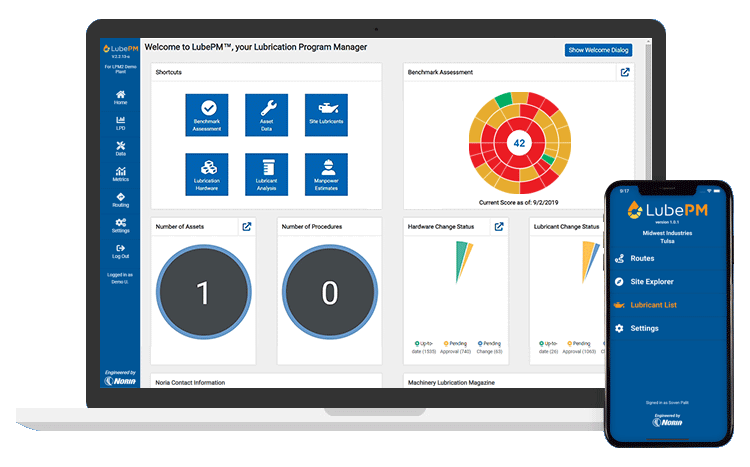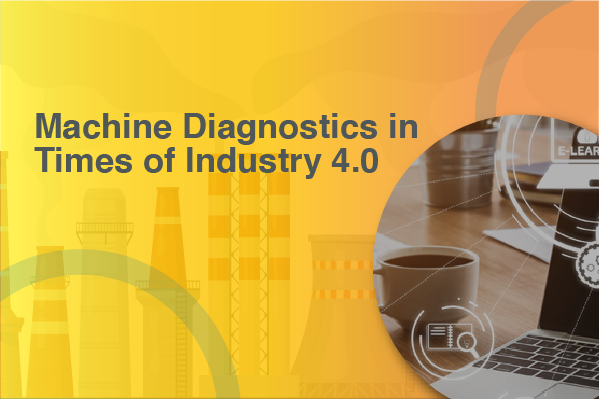Industries worldwide have embraced the Industrial Internet of Things (IIoT) to revolutionize their operations and enhance reliability. As we enter a new era of interconnectedness, the concept of Industry 4.0 has gained prominence, driving the need for digitalization, streamlined processes, and interconnectivity. This blog will explore how the Internet of Reliability transforms the industry and reshapes how we approach machine diagnostics and maintenance programs.
The blog targets professionals, and industry leaders involved in maintenance, reliability, and asset management across various sectors. It aims to provide valuable insights and practical solutions for leveraging the power of the Internet of Things (IoT) and advanced technologies in machine diagnostics. Whether you are an engineer, maintenance manager, or decision-maker, this blog will equip you with the knowledge and strategies needed to enhance reliability, optimize asset performance, and stay ahead in the evolving landscape of Industry 4.0.
What Does This Mean to Machine Diagnostics
Machine diagnostics using various CBM technologies such as oil analysis and vibration analysis is not new to the Philippine industries. However, companies have encountered mounting challenges to standardize knowledge and capture machine conditions in real-time at multiple locations and on a larger scale. With the industries’ challenge in interconnectedness and digitalization, the gaps were emphasized and felt during the pandemic when plant sites had to cut back on the number of personnel who were allowed to go to the plant. Without technologies and infrastructure that support IoT, artificial intelligence, online sensors, cloud computing, analytics, big data capture, industries face challenges in solving complex problems, tracking program success, standardizing work processes, and generating high valued data. So how do we make our facilities ready for Industry 4.0? Here are some approaches we can adapt for better data capture, machine condition monitoring, and failure prediction:
1. Standardizing Processes for Enhanced Reliability
Organizations must focus on process standardization to overcome challenges in maintaining asset reliability. Companies can automate task generation aligned with industry standards by implementing robust program management tools like Cornerstone Chemical's LubePM powered by Noria's Lubrication Program Development. This software provides real-time insights into hardware and lubricant change status, enabling stakeholders to track and improve maintenance initiatives.

2. Real-time Data for Informed Decision-Making
Access to real-time information is crucial for maintenance and operations engineers to make informed decisions. But many facilities need help in capturing and accessing data seamlessly. During the pandemic, these gaps became even more evident. Investing in onsite diagnostic tools or partnering with third-party laboratories and service providers equipped with online sensors and analytics capabilities can bridge the gap and ensure real-time data availability.
3. Advanced Onsite Tools for Condition Monitoring
Onsite tools with advanced data collection and analysis capabilities, such as vibration analyzers, infrared inspection devices, and ultrasound equipment, empower engineers to interpret data more effectively. These tools offer band analysis capabilities and fault reporting, enabling predictive maintenance and timely interventions.
4. Harnessing the Power of Online Monitoring Tools
Organizations can deploy online condition monitoring tools for real-time and critical issue detection. These tools provide instant alerts and comprehensive software analysis, enabling proactive maintenance measures and minimizing the risk of catastrophic failures.
5. Establishing Onsite Laboratories or Partnering with Third-Party Labs
While online monitoring tools are practical, some limitations may need the establishment of onsite laboratories or partnerships with third-party labs. Investing in critical equipment, such as particle counters and viscometers, allows facilities to conduct specific tests onsite. For comprehensive analyses, collaborating with specialized labs ensures thorough diagnostics and monitoring.
6. Onsite Service Contractors for Expert Support
Maintaining and operating an onsite laboratory can be challenging without expert personnel. Facilities can outsource laboratory operations to reliable onsite service contractors to overcome this hurdle. These contractors provide trained professionals who can analyze data and provide maintenance recommendations.
7. Leveraging Asset Management Software
High turnover rates in the maintenance department can hinder practical data analysis. Asset management software incorporating intelligence and diagnostics can address this challenge. By leveraging adaptive rules and AI-powered computing, these tools enable trend analysis, diagnosis of equipment issues, and centralized data storage for more straightforward correlation.
8. Knowledge Standardization for Sustainable Programs
Sustaining a successful reliability program requires continuous learning and training. Employees should receive training in various condition monitoring techniques, such as oil analysis, lubrication, vibration analysis, infrared inspection, and ultrasound. Organizations can optimize their reliability programs and ensure long-term success by staying current with the latest trends and techniques.
Conclusion
The potential for enhanced machine diagnostics and maintenance programs grows as the Internet of Reliability shapes the industry. Embracing interconnectedness and leveraging advanced technologies will empower organizations to make data-driven decisions, predict failures, and ensure optimal asset performance. The future of condition monitoring holds tremendous opportunities for further growth and improvement, with IIoT projected to be a USD 1,463.19 Billion market by 2027.
To embark on this transformative journey and unlock the full potential of your reliability program, consider partnering with experts in machine diagnostics and oil analysis. CRE Philippines offers a comprehensive Oil Analysis Program that integrates seamlessly with your maintenance initiatives. Our program empowers you to capture real-time data, track machine conditions, and gain valuable insights for optimal asset performance.
Take the first step towards reliability excellence by contacting us and discovering how our expertise can revolutionize your machine diagnostics in the era of the Internet of Reliability.
Remember, the future of your industry lies in embracing the power of reliability and leveraging cutting-edge technologies. Take advantage of the opportunity to stay ahead of the curve and unlock unparalleled efficiency and productivity in your operations. Partner with CRE Philippines today and embark on a transformative journey towards reliability excellence.



